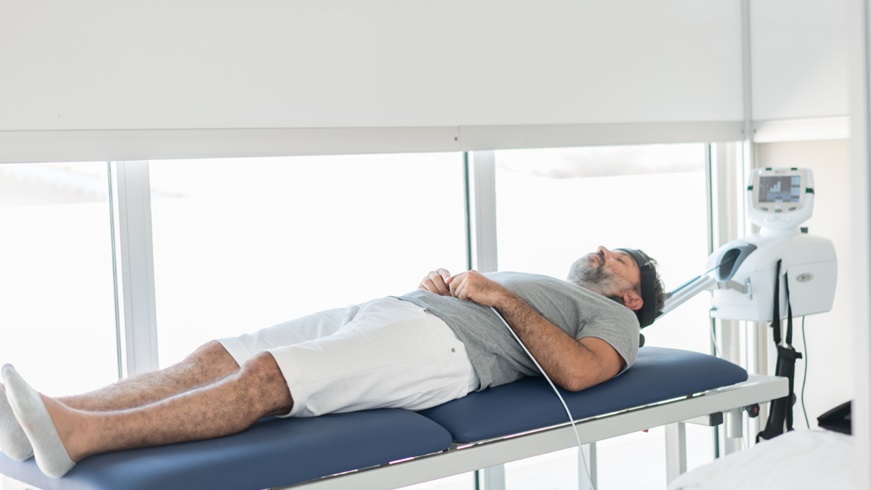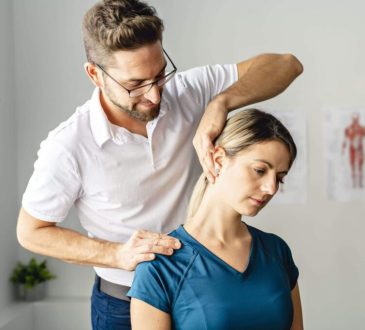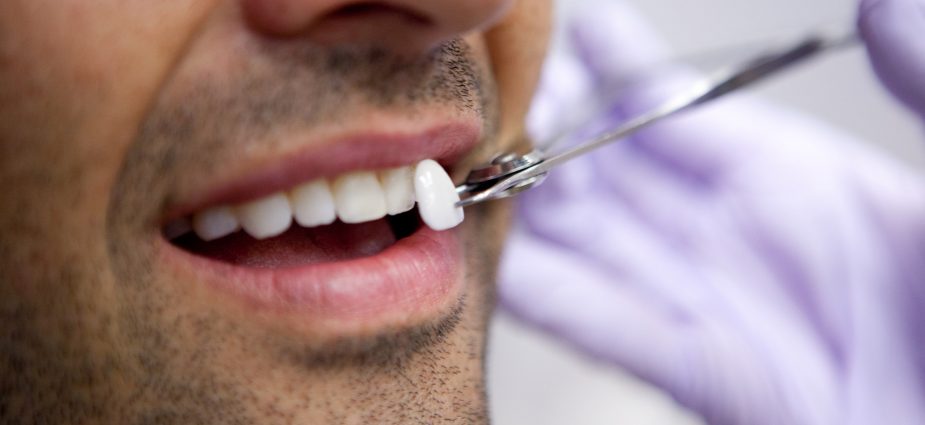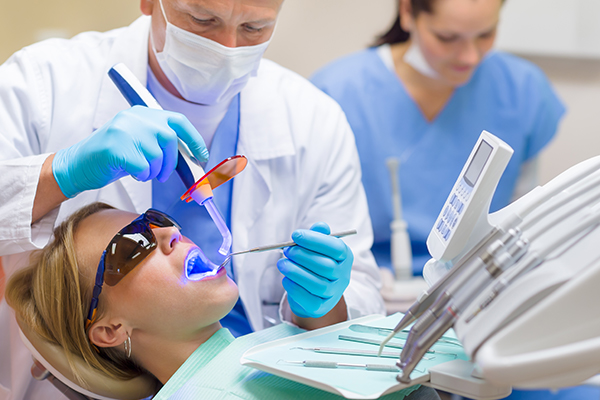
Maintaining a healthy posture is essential in preventing back pain and contributing to overall well-being. A back traction machine is an innovative solution that may help improve posture by reducing spinal pressure and enhancing spinal alignment. These machines work by gently stretching the spine, which can relieve pain and discomfort while promoting a more upright position.
The Importance of Good Posture
Good posture is more than just standing up straight; it involves maintaining the correct alignment of the body’s musculoskeletal structure. Proper posture can alleviate undue pressure on the spine, decrease the likelihood of back pain, and improve mobility. Moreover, it boosts confidence and can even enhance your breathing efficiency. When natural posture is compromised due to various factors, such as prolonged desk work or inactivity, one may begin experiencing tension headaches, fatigue, and chronic back pain.
How Back Traction Machines Work
Back traction machines operate by applying a gentle pulling force to the spine, which helps to separate the vertebrae and decompress the disks. This decompression can alleviate pressure on nerves and reduce pain associated with conditions like herniated disks or sciatica. Unlike manual traction, which may be inconsistent, mechanical traction devices offer controlled settings to ensure the level of tension is appropriate for the user.
Benefits of Back Traction Machines
Integrating a back traction machine into a wellness routine provides numerous benefits:
- Pain Relief: Chronic back pain caused by compressed disks or other spinal issues may be relieved with regular use. By stretching the spine, traction machines can reduce pressure on the nerves.
- Improved Mobility: Regular traction therapy may increase the range of motion, benefiting those with stiffness or limited mobility.
- Enhanced Alignment: By realigning the spine, these machines support posture improvement and can prevent future complications related to misalignment.
Also read: 5 Best Tips for Caring for Patients with Back Issues
Considerations When Choosing a Back Traction Machine
Selecting the ideal back traction machine involves understanding its features, how it complements your physical condition, and evaluating any contraindications. Key factors include ease of use, adjustability, device type (manual or electronic), size, and durability. For a deeper understanding, consider this comprehensive guide on how to choose the right back traction machine.
Best Practices for Using Back Traction Machines
Certain best practices can maximize the efficacy of a back traction machine when incorporated into your routine. Begin with shorter session durations, gradually increasing as your body adjusts. Always follow the machine’s instructions for proper usage and avoid overusing it to prevent adverse effects. It is also beneficial to combine traction therapy with exercises that strengthen the back and core muscles, thus ensuring a supportive framework for the spine.
Conclusion
Utilizing a back traction machine can significantly contribute to achieving and maintaining a healthy posture. By unloading spinal pressure, enhancing alignment, and promoting relaxation, these devices are an excellent tool for those seeking relief from back discomfort and a more upright posture. Consider incorporating them into a structured routine along with other supportive measures for optimal results.
Frequently Asked Questions
1. How often should you use a back traction machine?
The frequency of use can vary depending on the specific device and individual needs. Generally, it is safe to use the machine a few times a week, starting with short sessions and gradually building up duration as your comfort increases. Always consult with a healthcare professional for personalized advice.
2. Are there any risks associated with back traction machines?
While back traction machines are generally safe, they might not be suitable for individuals with certain conditions, such as osteoporosis or severe spinal fractures. It’s crucial to consult with a healthcare provider to ensure traction therapy is appropriate for your condition.




